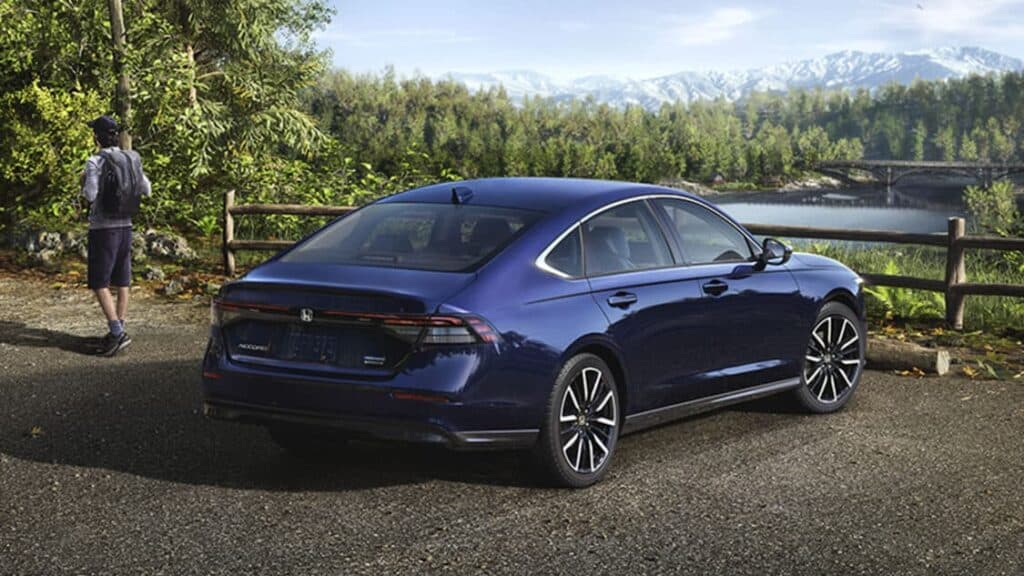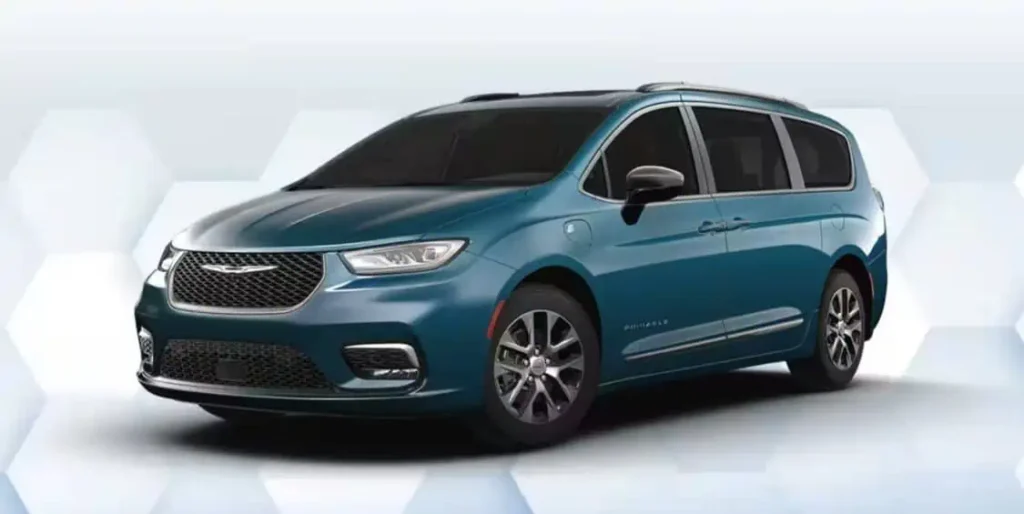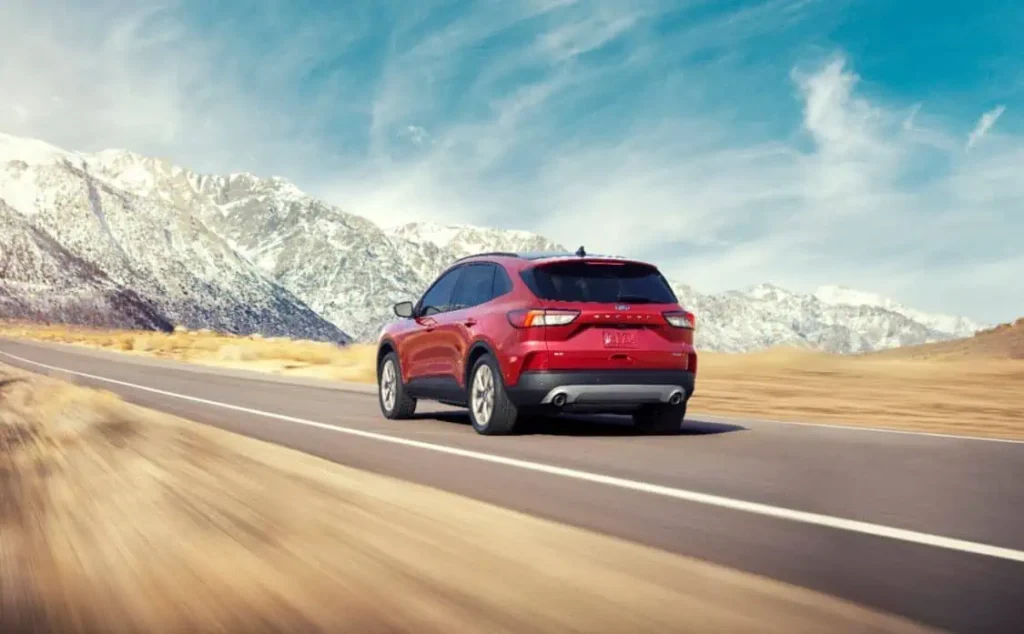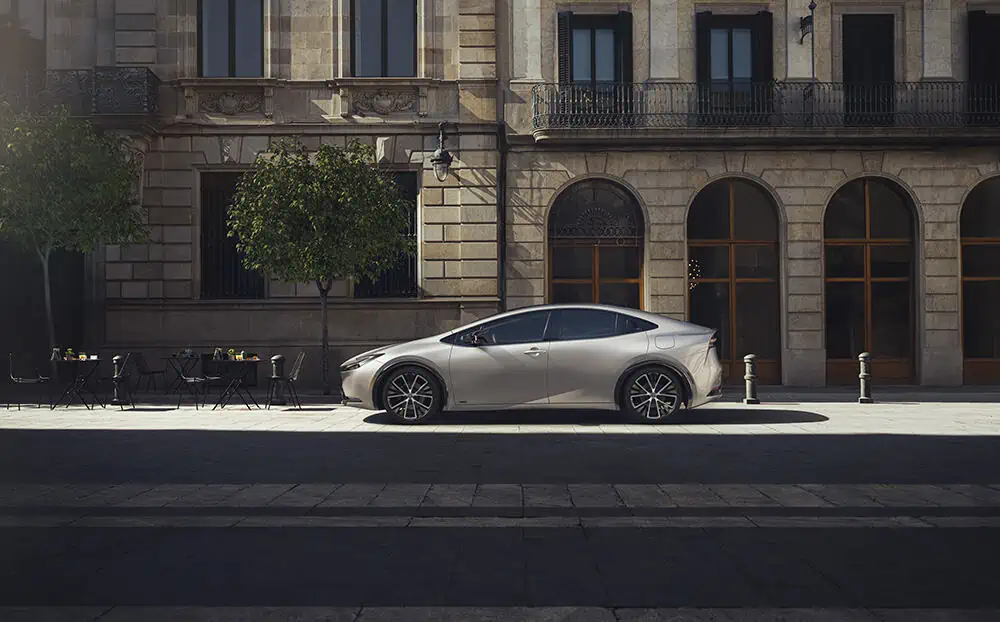Hybrids Making a Significant Comeback in 2024
A U.S. Energy Information Administration report said hybrid, plug-in hybrid, and battery-electric vehicles collectively accounted for 16% of light-duty vehicle sales in the United States in 2023, citing data from Wards Intelligence. Hybrid Electric Vehicles (HEVs) led the pack at 7.2%, battery electric vehicles (BEVs) followed at 6.7%, and Plug-in Hybrid Electric Vehicle (PHEVs) trailed at 1.7%.

Ford, GM, Others Increasing 2024 Hybrid Production
At the end of January 2024, GM CEO Mary Barra announced that the company would bring back some gas-electric hybrid vehicles. Barra said that GM would resurrect the plug-in hybrid powertrains on selected vehicles in North America.
Ford sold 37,229 hybrid vehicles in Q4 2023, an increase of 55% over Q4 2022. Ford plans to double production of the hybrid variant of its popular F-150 pickup truck.
The reason for these increases, in part, is to help comply with more stringent Federal fuel economy requirements starting in 2027 in the U.S. Another reason is that hybrids are selling very well currently, better than all-electric battery electric vehicles (BEVs).
Hybrids are Not New

Gasoline-electric hybrid vehicles are far from new. Ferdinand Porsche, founder of Porsche, designed the first-ever gas and electric hybrid car in 1900 called the Semper Vivus. Hybrids are currently selling in significant numbers in America.
Some of the most important reasons for strong hybrid sales are EV adoption barriers. The barriers are now being addressed by billions of dollars in federal funding. However, the programs are only now receiving funding and getting completed. EV charging barriers contribute to range anxiety and the fear of BEV drivers running out of charge on the roads. Hybrids offer a solution to solving range anxiety.
In the resurgence of the EV revolution in the early 2000’s, there was not much government help or regulation. As a result, adoption of BEVs is now slowing in part because of charging problems. These problems were caused by a lack of a comprehensive charging plan, standards, and regulation.
EV Adoption Barrier: Charging Station Reliability
Charging station reliability is one of the barriers. Large numbers of stations are currently out of service. A May 2023 report by J.D. Power said, “The reliability of public charging infrastructure has improved slightly for the first time in two years, but 20.8% of consumers still say they show up at a public charger that does not work.” Federal funding came in January 2024 to address this in the form of the $150M Electric Vehicle Charger Reliability and Accessibility Accelerator Program.
EV Adoption Barrier: Lack of EV Charging Stations

Large swaths of the country do not have charging installed, especially in rural areas. This barrier is addressed by $5 billion in federal funding.
2021’s $1.2 trillion Infrastructure Investment and Jobs Act (IIJA) included the $5 billion National Electric Vehicle Infrastructure (NEVI) Formula Program. NEVI funds are used on Alternative Fuel Corridors, major artery freeways, and roads that connect the states. The first NEVI-funded EV charging station opened in December 2023. It was a Pilot station in Ohio featuring chargers from leading EV charging company EVgo. Many more NEVI-funded stations are currently under construction.
Hybrid Types
Because hybrids run on both gas and electricity, the worry of range anxiety is alleviated. Experts recommend plug-in hybrids (PHEVs) as they offer the most significant number of electric-only miles. Many PHEV owners claim to not have refilled their gas tanks for over a year or more.
Plug-in Hybrid Electric Vehicle (PHEV)
PHEVs have the advantage of being able to plug in. This makes them a popular choice in 2024. Plug-in hybrids usually have greater electric-only ranges than full hybrids. These vehicles offer a bridge from gas-powered vehicles to full electric for buyers who may still have range anxiety.
Mild Hybrids
Mild hybrids typically don’t propel the vehicle on electric power alone. The electric system is used to give a small boost to the vehicle’s gasoline engine. This is typically upon acceleration from a dead stop or to assist power-hungry systems, such as air conditioning.
Hybrid Electric Vehicles (HEVs)
Hybrid Electric Vehicles (HEVs) don’t offer a plug. The battery is recharged by the gasoline engine, as well as regenerative braking.
Range Extenders
Some EVs come with range extenders and small gas engines to be used in case the vehicle runs out of charge on the road. Ranges can vary from a few dozen miles to a few hundred.
Plug-in Hybrid Electric Vehicles (PHEVs) Available for Federal EV Tax Credit
The Inflation Reduction Act offers eligible buyers a point-of-sale $7,500 tax credit for purchasing a new EV or PHEV or $4,000 for a used EV or PHEV. Eligible PHEVs and amounts of credits are below. GM is providing $7,500 discounts for its EVs that lost tax incentives.

Chrysler Pacifica PHEV – The Pacifica is the only PHEV currently available for the full $7,500 credit. It is the only American PHEV minivan currently on the market. Its manufacturer’s estimated all-electric driving range is 32 miles. Its manufacturer’s estimated combined total driving range is 520. Standard advanced safety and security features include the Pedestrian Automatic Emergency Braking System, Full-Speed Forward Collision Warning with Active Braking, LaneSense® Lane Departure Warning with Lane Keep Assist, and Blind Spot Monitoring.
There are more PHEVs currently available for a half credit of $3,750.

Ford Escape PHEV – This sporty crossover seats five and offers 37 miles battery-only and 520 miles total range. Connected navigation includes one year of connectivity. This pairs with enhanced voice recognition with the available head-up display to receive traffic updates, real-time guidance on your route, and more. An available 13.2-inch touchscreen keeps you connected, offering climate control access. A power liftgate is available, allowing access to your cargo with the touch of a button.
Other PHEVs currently available for half credit include the Jeep Grand Cherokee PHEV 4xe, Jeep Wrangler PHEV 4xe, and Lincoln Corsair Grand Touring PHEV. The 2024 Toyota Prius, 2024 Honda Accord Hybrid, and 2024 Hyundai Elantra Hybrid are the highest-rated hybrid models on Kelley Blue Book.
The Toyota Prius, the World’s First Production Hybrid
The 2001 Toyota Prius, Latin for “To Go Before,” became the world’s first production hybrid car. It was the foundation of today’s hybrid vehicles and allowed many Americans to discover hybrid driving for the first time. However, it was widely criticized for its looks. This bumper sticker slogan was used by many Prius owners in mocking their own vehicles:
“Cool Prius!”
-NOBODY, EVER.
Prius Got a Sporty Facelift in 2023

The all-new redesigned 2023 Toyota Prius, and Prius Prime were revealed on the eve of the 2022 Los Angeles Auto Show. Its all-new, sporty exterior styling features a flowing, one-motion silhouette, giving the formerly maligned vehicle an exciting new sportscar look. With the well-known history of the Prius and this bold new look, the 2024 Toyota Prius is destined to be a best-seller in 2024.
The Future of Hybrids
Many EV experts are purists, believing that hybrids should go away in favor of BEVs. Others believe hybrids are still important to the EV revolution, offering a bridge to full electric for drivers who are not ready for BEVs yet due to the multiple EV adoption barriers.

Electric Vehicle Marketing Consultant, Writer and Editor. Publisher EVinfo.net.
Portfolio: BillPierce.net
